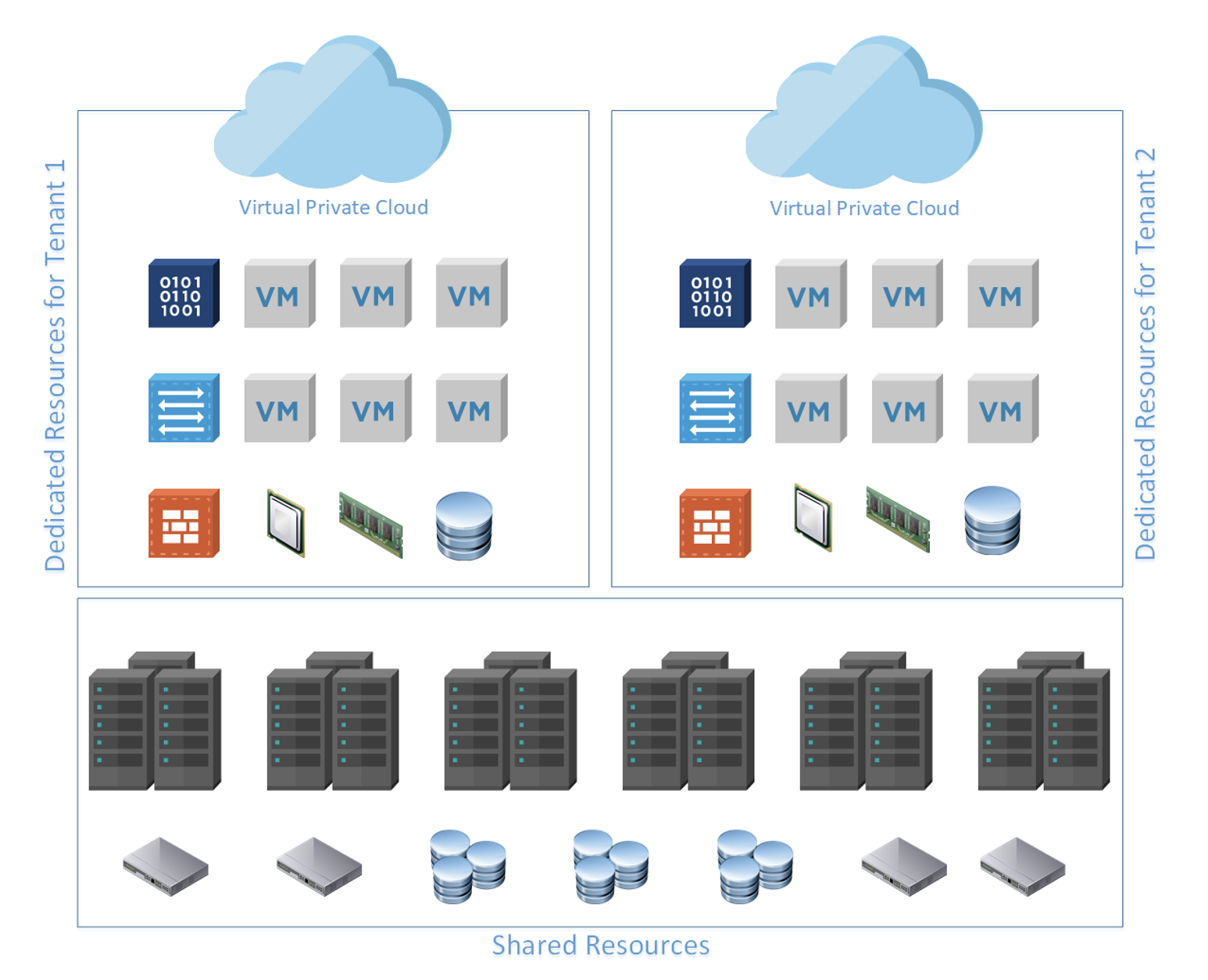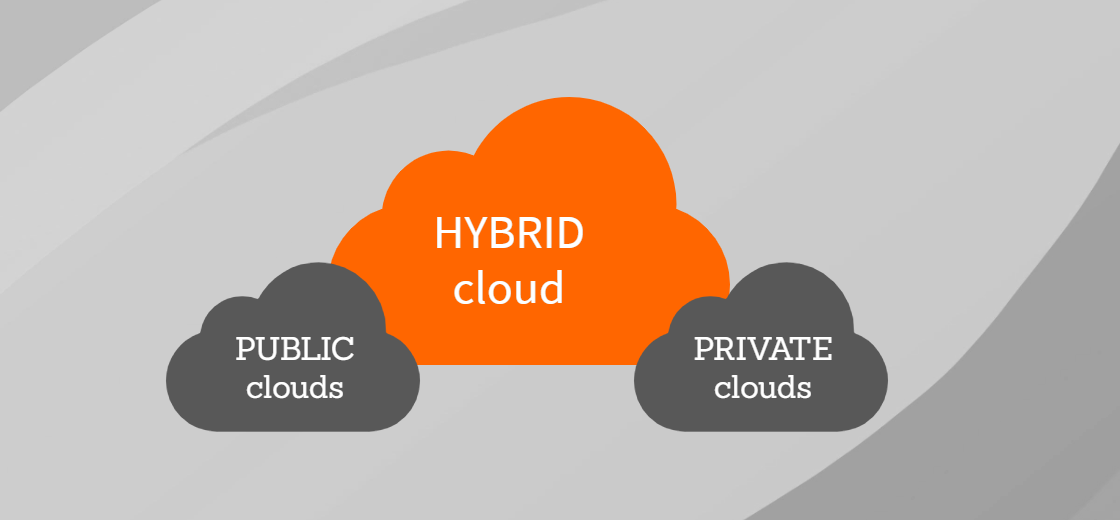
Cloud types: confused about which cloud is which?
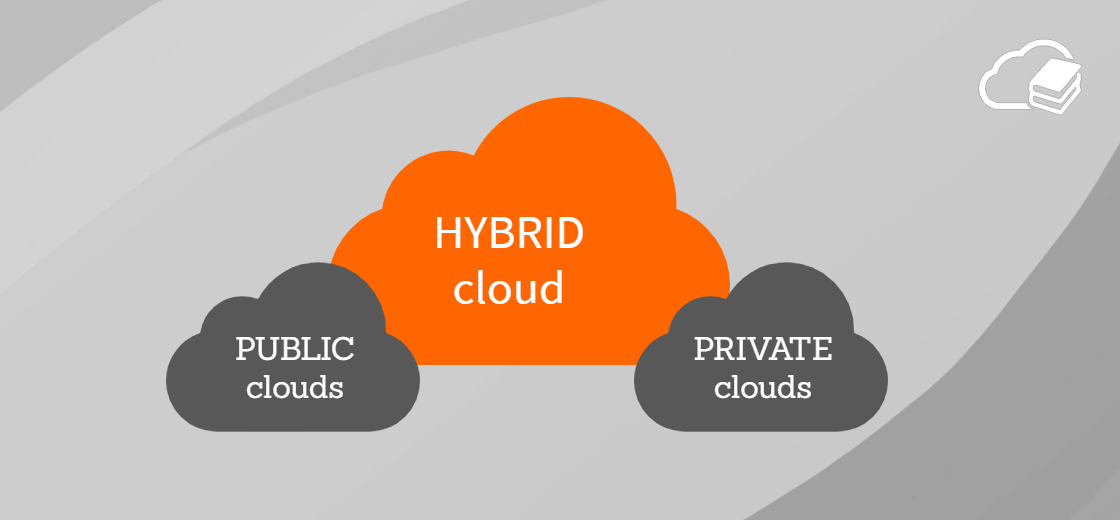
There is no cloud like the cloud. Private/virtual/multi/hybrid cloud… What is the difference between them? Let’s show examples of cloud types.
Martin Gavanda
I’ve heard so many technical definitions of cloud types and even more unprofessional statements in the last decade when providing cloud services that I’d like to clarify and give you some examples of what each term means.
Now you’ll never get it wrong!
Private cloud
Private cloud infrastructure is typically located on-premise in the customer’s data centre and is used only by the customer. In order to talk about a private cloud solution, it is necessary to ensure at least the basic prerequisites of cloud computing – i.e. automation of solution layers, self-service access to services for internal teams or transparent billing.
Some of the traditional hardware vendors allow to run hardware infrastructure as a service, where the customer pays only for defined consumed resources – for example, storage or memory usage, which is an ideal prerequisite for running a private cloud solution (Cisco Open Payor HPE Flexible Capacity Service).
Similarly, it is possible to build a private cloud on top of some technologies such as OpenStack or VMware, or a combination of other technologies, especially those related to containerization. Typically, these are standard unmanaged IaaS services without advanced features.
Building a private cloud requires a strong business case, especially on the comfort side of the service. The fear of public cloud and undeveloped compliance, financial and IT strategy is not a sufficient argument.
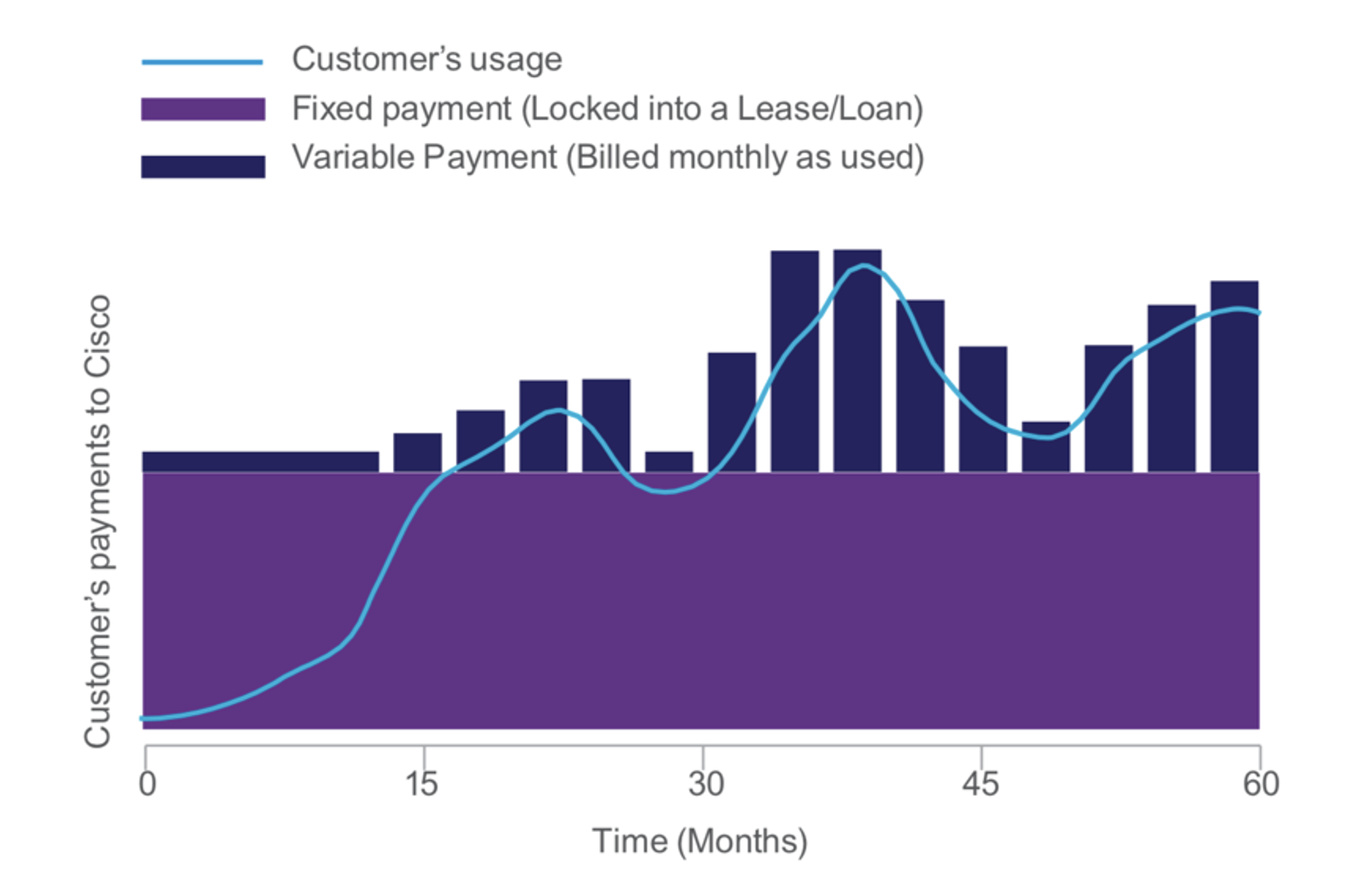
Managed (hosted) private cloud
This is a variant of the private cloud solution, but in this case the infrastructure is operated by the service provider. All operational aspects of the solution are transferred to the service provider and the customer only uses the agreed resources.
Again, the infrastructure must be dedicated to a specific customer and not shared between multiple customers. In most cases, this infrastructure is operated in the service provider’s data centre, but it can also be operated on-premise at the customer’s site.
Virtual private cloud
This type of private cloud service is typically designed for smaller companies. The customer has (as in the case of a private cloud) clearly defined resources that can be used, but the actual hardware used to run the service is shared by multiple customers.
Compared to a dedicated infrastructure, a virtual private cloud brings a lower price, but also several potential problems:
- Transferability of licenses: Some software vendors allow the use of existing licenses if the cloud infrastructure is dedicated. If the physical infrastructure is shared, using existing licenses (such as Microsoft or Oracle) may not be possible.
- Predictable performance: because the physical infrastructure is shared by multiple customers, the quality of service between customers can be affected. In this case, it is crucial to focus on SLAs, and especially on “performance” SLAs – i.e. not only the guarantee of service availability, but also the guarantee of service performance.
- Limited resource flexibility:Due to the smaller number of customers, the provider is not always able to respond immediately to high demand for resources (like the public cloud) and the service offering is also simpler.
Public cloud
A public cloud is a shared large-scale infrastructure operated by a service provider. The service provider is responsible for the overall operation and management of all aspects of the cloud environment (hardware, software, data center) and the customer only uses the service.
In practice, this means that there is a shared responsibility model that clearly defines the scope of activities that are the responsibility of the service provider and the activities that are the responsibility of the public cloud user.
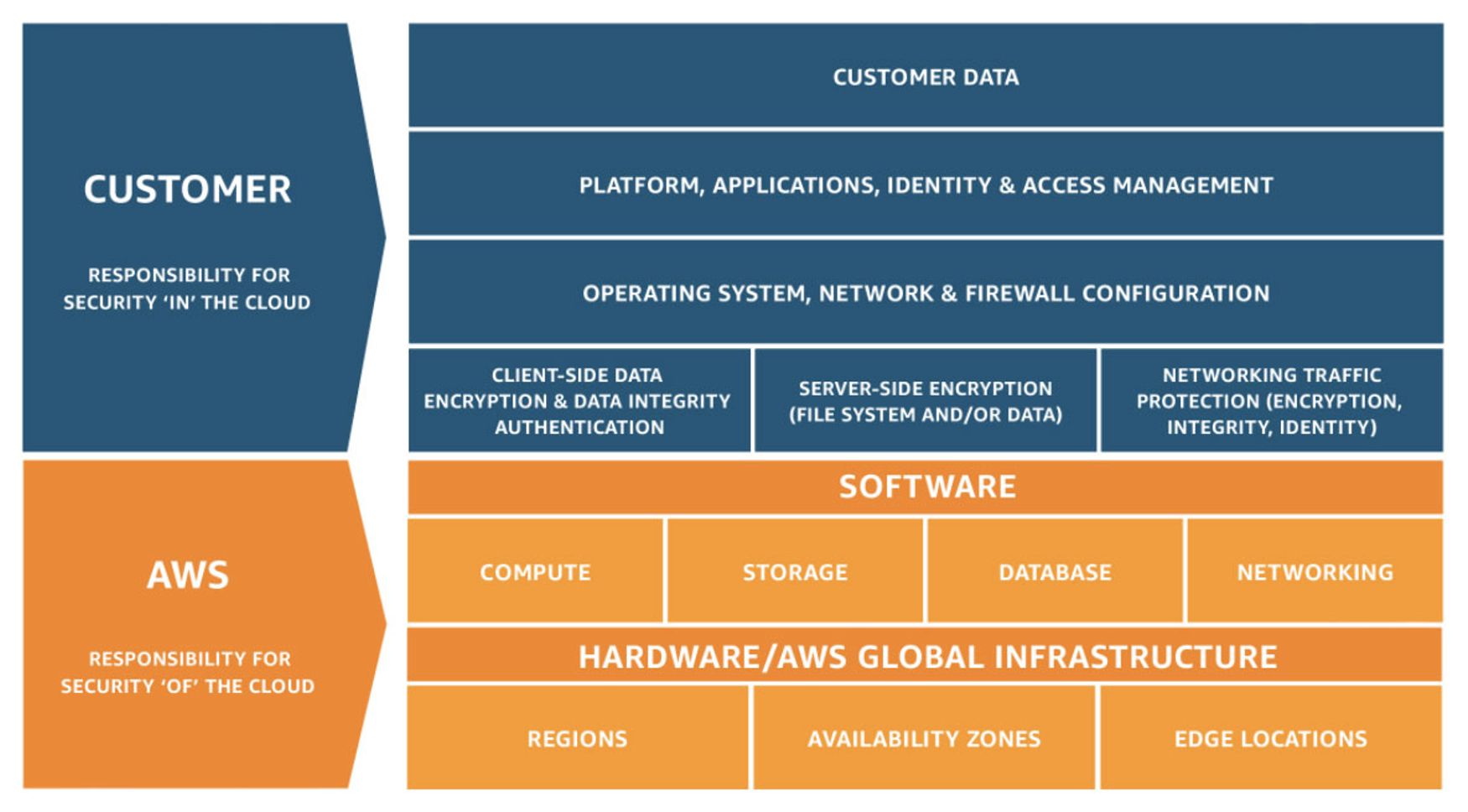
However, public cloud does not mean that the customer’s virtual infrastructure is available to anyone (the audience). Within this solution, it is possible to run any internal applications that are available only to internal employees, for example. You can even build a dedicated connection to the cloud provider’s node.
Operational public cloud resources can be securely separated into publicly available and in-house services, just as they would be at the physical layer in your own datacenter.

Multicloud
Due to exit strategies, price optimization or technology and other conditions, large companies use multiple public cloud providers. A true multicloud approach connects cloud resources to each other, uses the same process approach, manages resources from one layer with tools that control all clouds at once, and reports costs in the same form.

Hybrid cloud
The term hybrid cloud typically refers to the operation of an interconnected public and private cloud. Hybrid cloud should be characterized by comprehensive management and control of the entire environment using a unified solution. For example, connecting private and public clouds using a VPN is not considered a hybrid cloud.
The tools for running a hybrid cloud should be generic and should allow the interconnection of different types of environments (VMware, Hyper-V, OpenStack) and different service providers (at least Amazon Web Services and Microsoft Azure).
The user should be able to define generic service templates (blueprints) and then run them in a simple way in different supported environments. A typical functionality of a hybrid cloud is the seamless migration of services between different environments according to current requirements.
Central management of security policies and controls across all supported infrastructures should be an integral part of this solution.
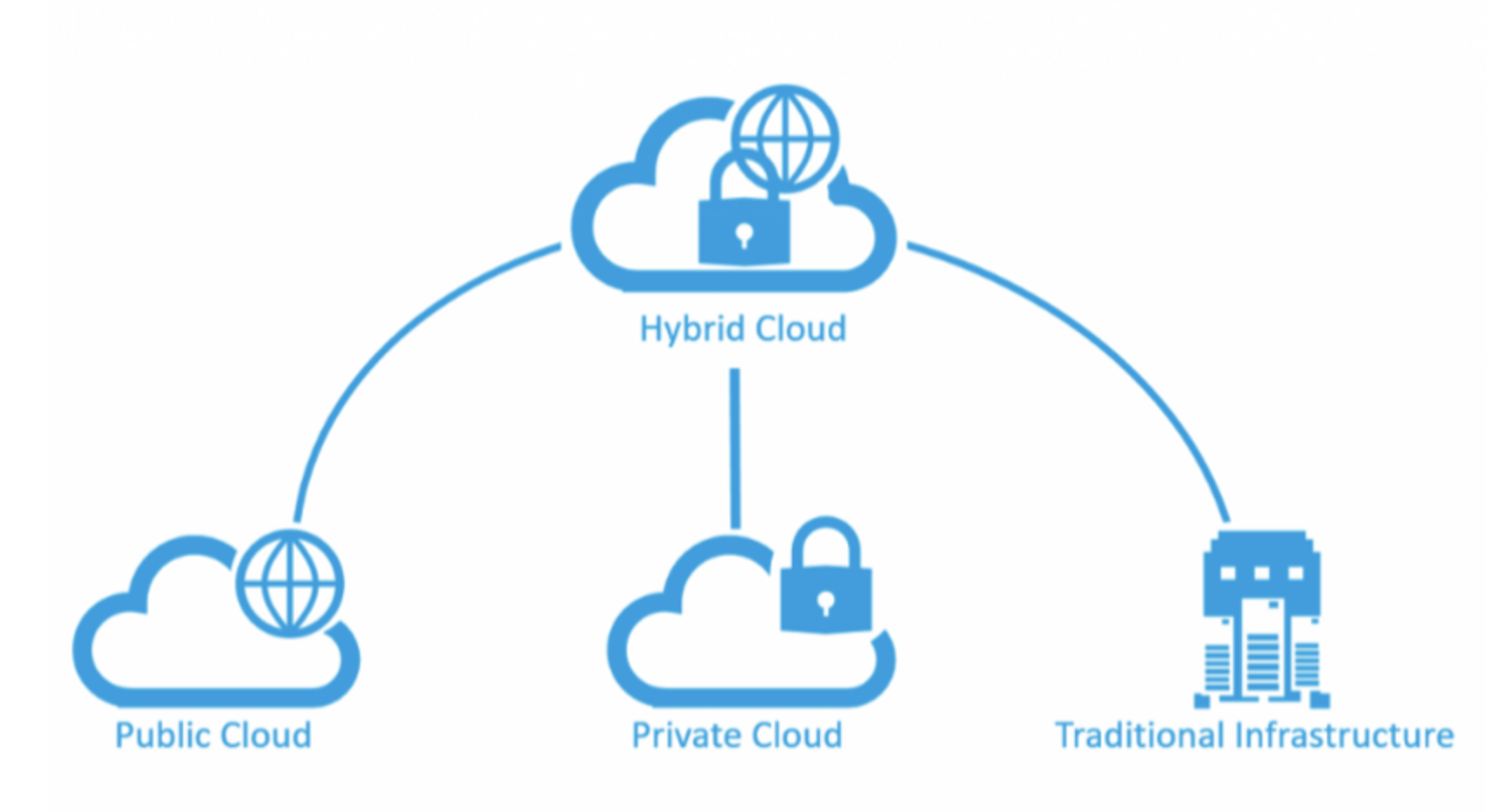
If I’ve messed with your head a bit, I’d better sum it up:
CLOUD TYPES:
- Private cloud – hardware and virtualization platform dedicated to a specific company, but with cloud capabilities
- Managed private cloud – provider-managed private cloud
- Virtual private cloud – hardware and virtualization with cloud capabilities, one hardware infrastructure shared by multiple customers
- Public cloud – complete resource abstraction and virtualization provided in virtually unlimited capacity
- Multicloud – infrastructure optimization with multiple public clouds
- Hybrid cloud – infrastructure optimization using a combination of private and public cloud
I believe the division between the different types of cloud is now clearer and next time we will look at how to assess an organisation’s cloud maturity in our Cloud Encyclopedia.
This is a machine translation. Please excuse any possible errors.

